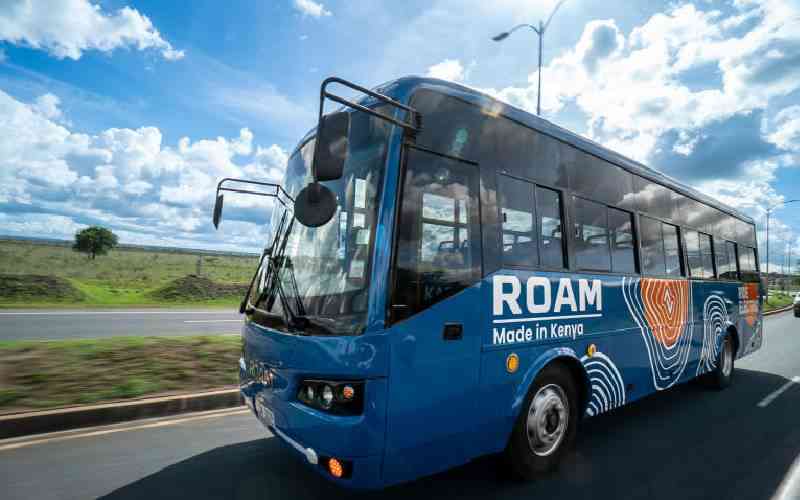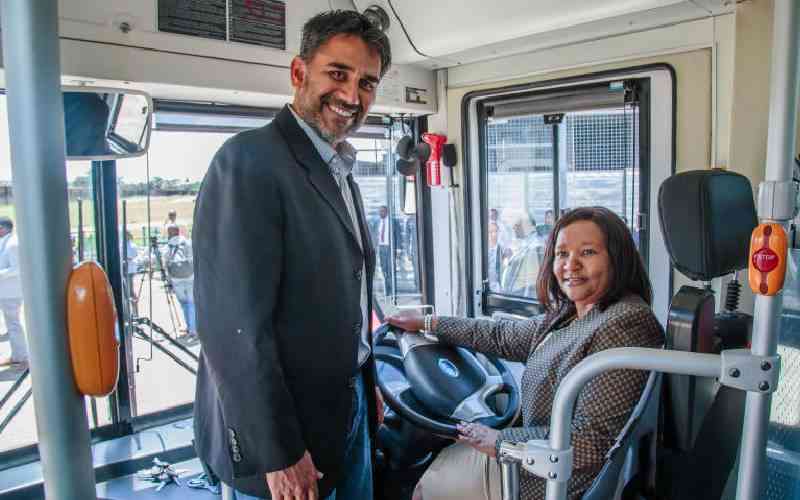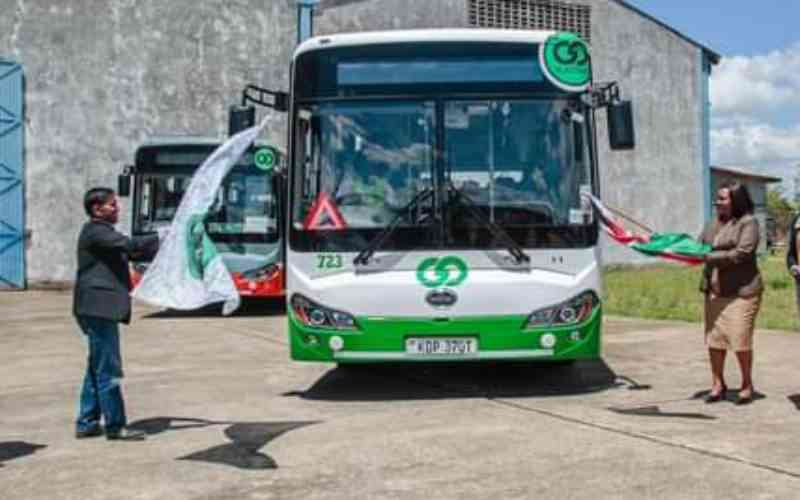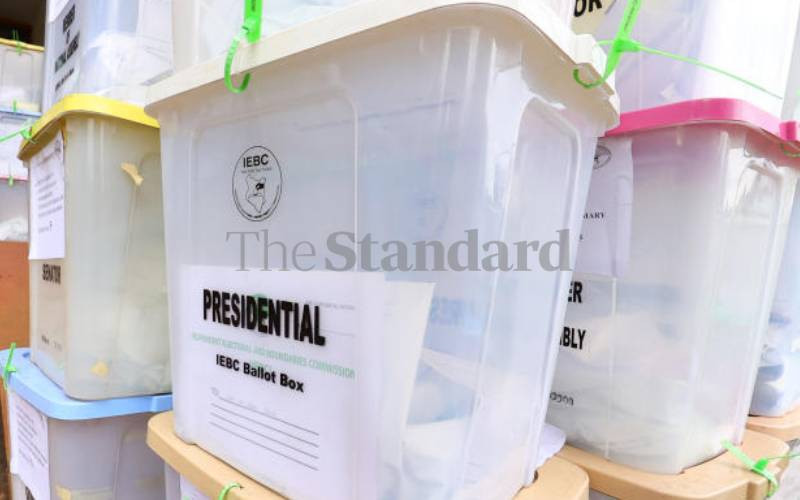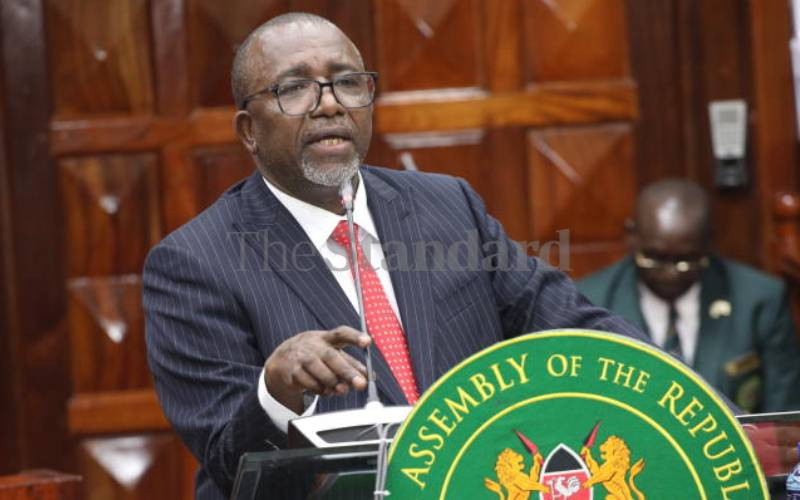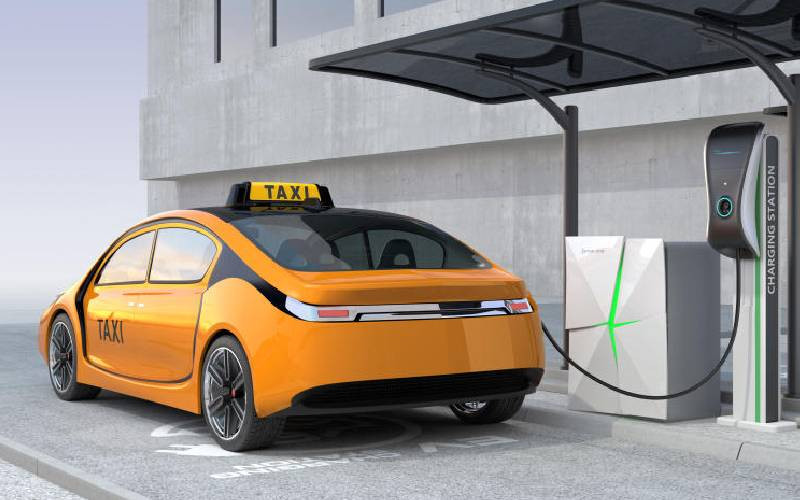
Kenya wants five per cent of all vehicle registrations to be electric by 2025. Stakeholders in the energy sector are deploying infrastructure necessary to support the increase in these vehicles.
The government is aligning with global efforts to combat climate change and reduce greenhouse gas emissions. The Kenya Electricity Transmission Company (KETRACO) is rolling out a transmission network to ensure reliable, stable and adequate power to support e-mobility.
We are playing a significant role in ensuring the uptake of e-mobility. This will in turn ensure the transition to e-mobility is seamless as the country will not have to worry about unstable electricity.
The operation and maintenance of the transmission network is instrumental in ensuring stable and reliable power supply for various socio-economic activities. As such, we will construct 41 transmission line projects to attain 4,600km circuit length and 36 substations within five years. This infrastructure provides 99.7 per cent reliability.
Further, we will play a major role in creating an enabling environment for the growth and adoption of Electric Vehicles (EVs) by transmitting electricity to areas currently not supplied by the national grid.
A report by the German Corporation for International Cooperation (GIZ) on the state of electric mobility in Kenya stated that electric mobility space is gradually gaining momentum and there is an increasing number of players coming in and driving the transition.
Kenya has expanded generation capacity of a well-diversified mix with nearly 90 per cent of energy being generated from clean sources (mainly geothermal, hydro and wind). Kenya has a total electricity installed capacity of 3,713.4 MW as of June 2023. The country recorded a new peak demand of 2,177 MW on 21st February 2024.
Secondly, the government is working on policies and strategies to guide the introduction of electric mobility. The draft national e-mobility policy 2024, will guide development of electric mobility in all transportation modes – road, rail, air and maritime.
The draft policy’s objectives include a comprehensive framework to promote e-mobility adoption, local manufacturing of EVs, enhancing infrastructural capacity, and improving technical skills in the e-mobility sector. The policy estimates that the daily curtailed energy could power about 7,000 electric buses or over 200,000 electric bikes.
Statistics by the Energy and Petroleum Regulatory Authority show that the number of EVs registrations stood at 3753 as of 2023. Between July and December 2023, 2694 new EVs were registered.
Our Strategic Plan 2023-2027 prioritises optimisation of electricity transmission infrastructure. This will build and strengthen our capacity to undertake grid operation and maintenance and enhance security and safety systems for transmission infrastructure to support e-mobility.
Active participation from players in the energy sector in both private and government will further boost this effort. Together we can navigate this transformative journey towards positioning Kenya as a leader in electric mobility transition in Africa.
-The writer is Managing Director, Kenya Electricity Transmission Company Ltd
Stay informed. Subscribe to our newsletter
 The Standard Group Plc is a
multi-media organization with investments in media platforms spanning newspaper
print operations, television, radio broadcasting, digital and online services. The
Standard Group is recognized as a leading multi-media house in Kenya with a key
influence in matters of national and international interest.
The Standard Group Plc is a
multi-media organization with investments in media platforms spanning newspaper
print operations, television, radio broadcasting, digital and online services. The
Standard Group is recognized as a leading multi-media house in Kenya with a key
influence in matters of national and international interest.
 The Standard Group Plc is a
multi-media organization with investments in media platforms spanning newspaper
print operations, television, radio broadcasting, digital and online services. The
Standard Group is recognized as a leading multi-media house in Kenya with a key
influence in matters of national and international interest.
The Standard Group Plc is a
multi-media organization with investments in media platforms spanning newspaper
print operations, television, radio broadcasting, digital and online services. The
Standard Group is recognized as a leading multi-media house in Kenya with a key
influence in matters of national and international interest.


